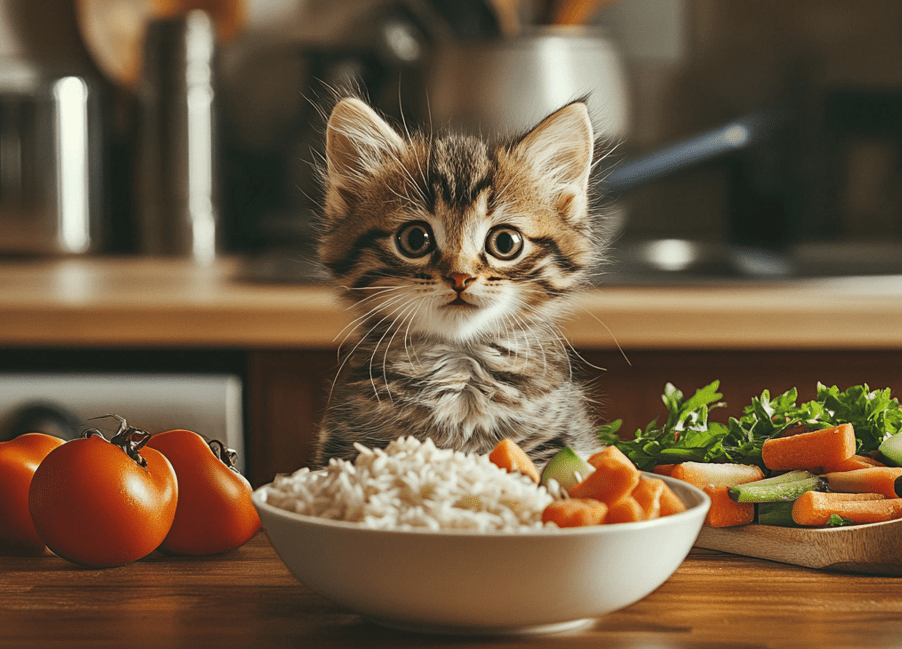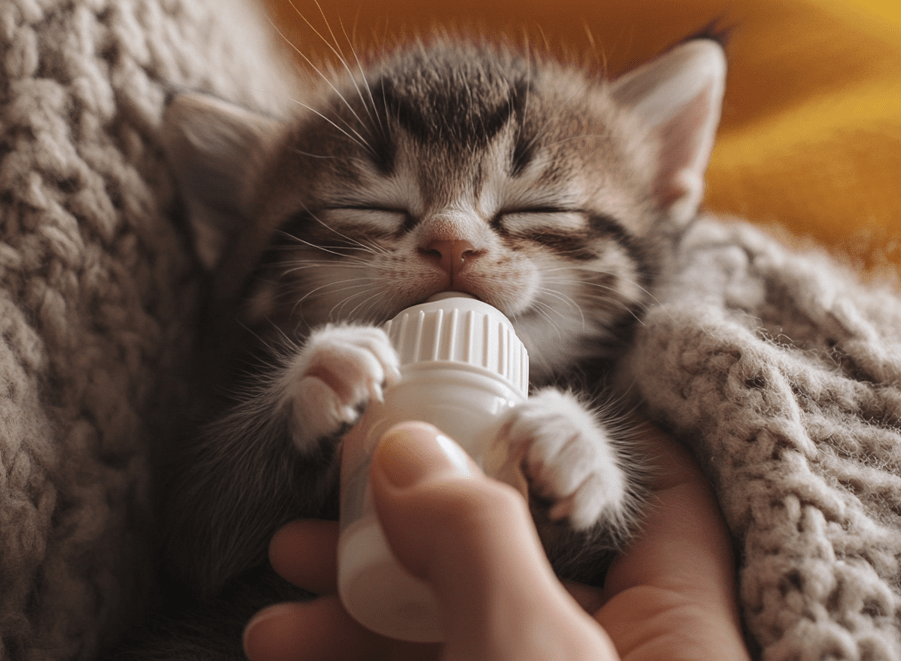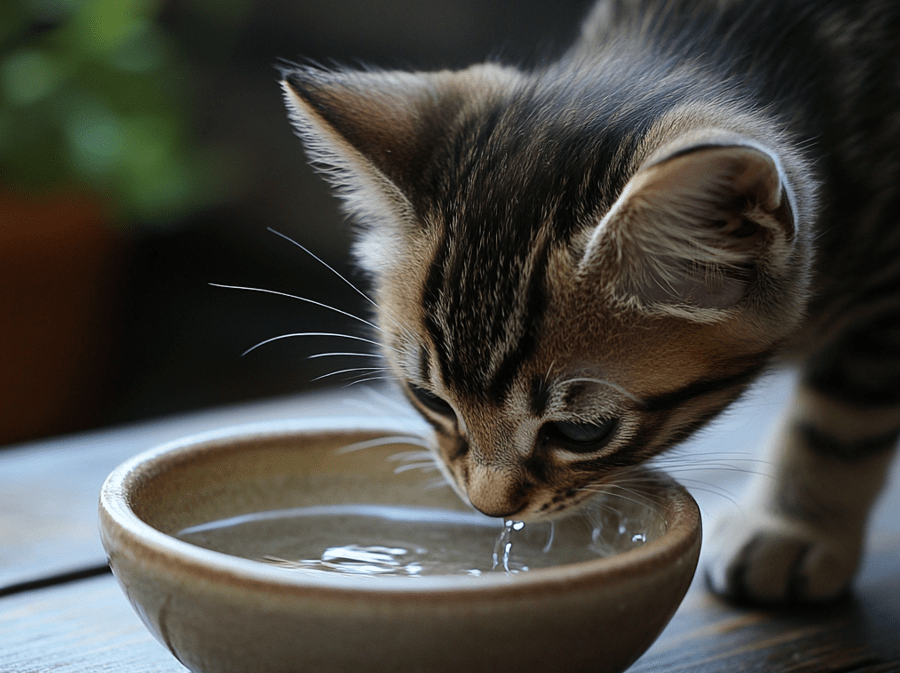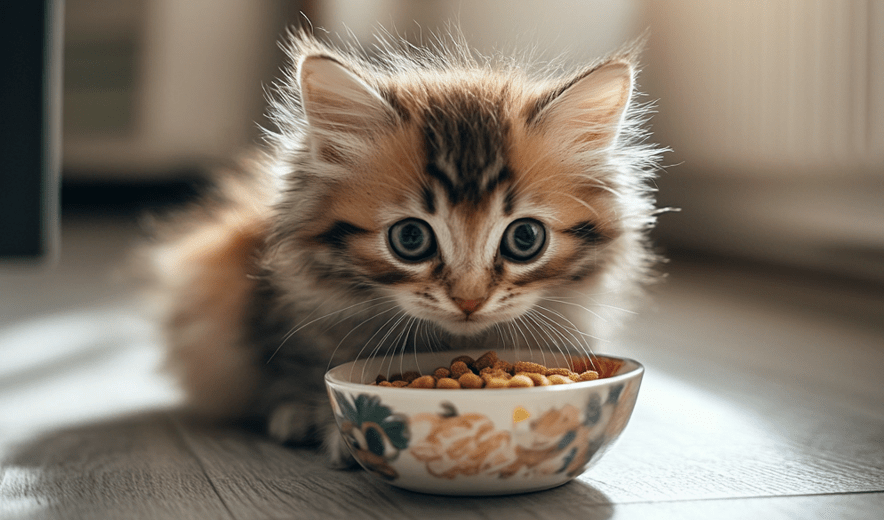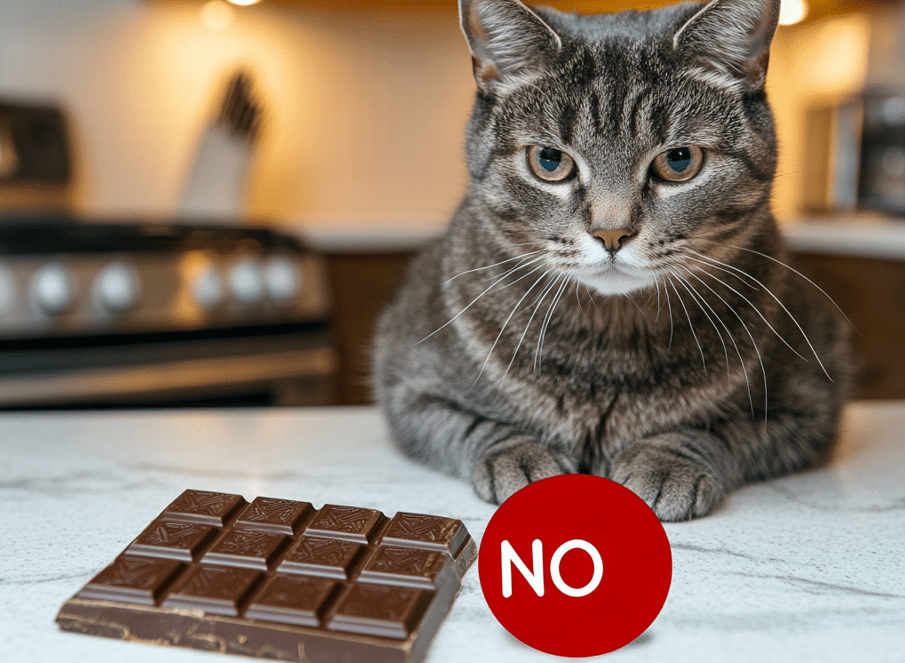
One popular question is “is chocolate bad for cats? I should point out that chocolate is deadly to cats, and even small amounts can kill them. Cats, while less likely to eat chocolate than dogs (up until now), can acquire a taste for the stuff due in part to milk-based chocolate products — like hot cocoa. As a result, if your pet can get to chocolate-containing food products, then these situations must be carefully monitored.
To watch the summary of this article, just watch this video-
Why is Chocolate Bad for Cats?
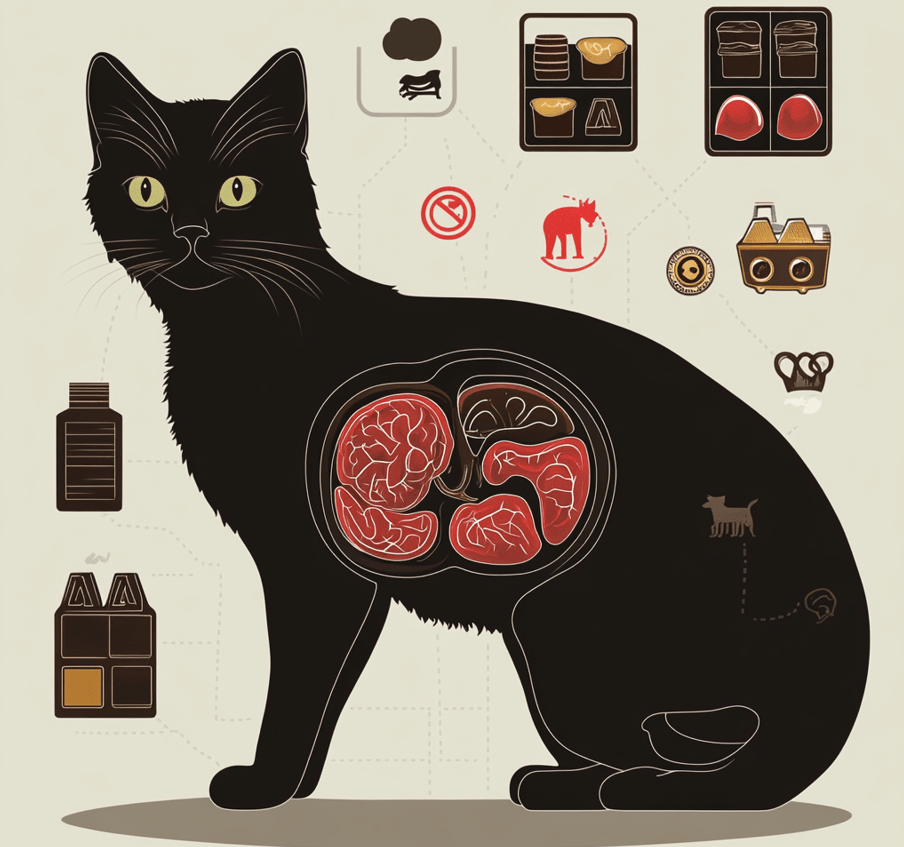
This is because chocolate and cocoa contain chemical compounds called methylxanthines, which are poisonous to cats if ingested. Though some of them are metabolized by humans, cats cannot metabolize as well. As these substances are not easily processed by their bodies, it can lead to a buildup and that is the root cause of multiple health problems that could even end up leading them into liver failure. In cats, any amount is harmful and can cause severe symptoms.
How Much Chocolate is Dangerous for Cats
For cats, the toxic dose of Theobromine is around 200 milligrams per kilogram (kg) of body weight or approximately 0.0032 ounces per pound-body-weight. The risk rises with the chocolate’s bitterness and darkness; for example, an 8-pound cat might suffer identical effects from eating as little as 0.2 ounces (about 5.67 grams) of baker’s chocolate or about a full ounce in regards to this creamy milk compound. There is great variability, due to the fact that different types of chocolate have varying levels of toxic substances. Cocoa beans/Cocoa powder are especially high in theobromine and most toxic of this group.
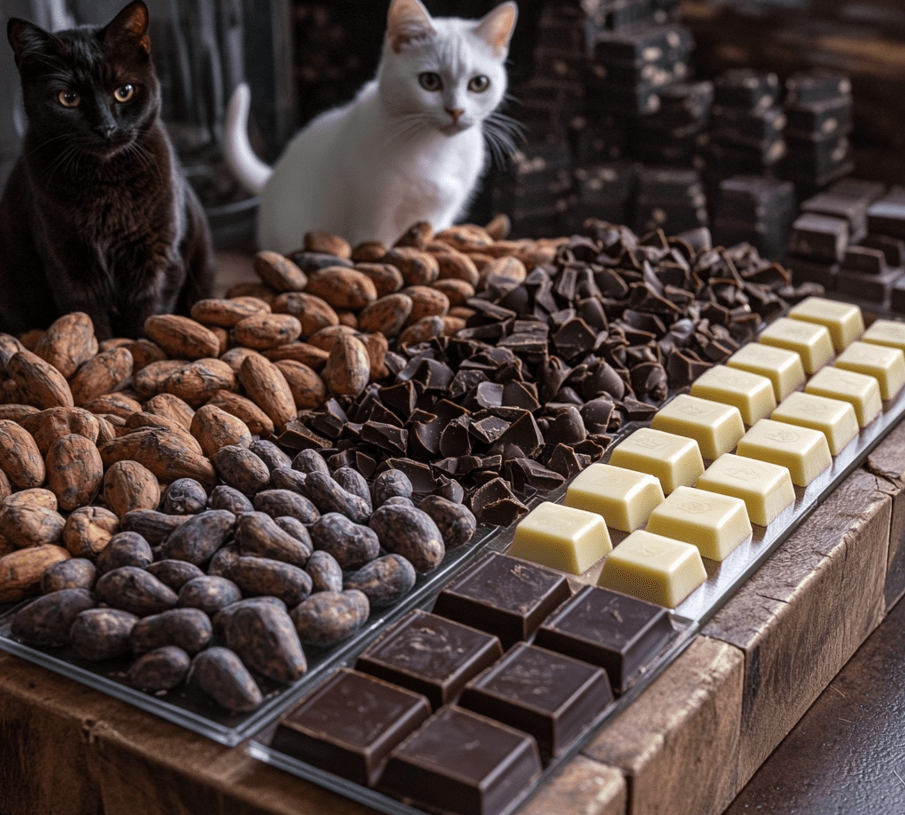
Listed below are various kinds of chocolate in order of the quantity/type (from most to least) involving Theobromine:
1. Cocoa beans/Cocoa powder (The highest theobromine content and most toxic)
2. Unsweetened cocoa powder/ Unsweetened baker’s chocolate
3. Semisweet chocolate
4. Dark chocolate
5. Milk chocolate
6. White chocolate (containing the lowest amount of theobromine and therefore least toxic)
Keep in mind, any amount of chocolate can present a risk for your cat. If you think your cat ate chocolate, contact a veterinarian at once. Understanding what type and how much chocolate was consumed will help you figure out whether the situation is under control or if it’s severe enough to consult your vet.
The following chart depicts the least amounts of type of chocolate required to prove toxic for an 8lb cat:
Cocoa Beans/Cocoa Powder (too poisonous)
Minimum Lethal Dose: 0.07 oz. (1.98g).
Unsweetened cocoa powder/unsweetened baker’s chocolate
Minimum toxic dose: 0.2 oz. (5.7 g)
Semisweet Chocolate
Minimum Toxic Dose: 0.5 oz. (14.2 g)
Dark Chocolate
Minimum Lethal Dose: 0.5 oz. (14.2 g)
Milk Chocolate
Minimum Toxic Dose: Minimum Toxic Amount 1.14 oz. (32.3 g)
White Chocolate (least toxic)
Minimum Toxic Dose: Usually of no clinical significance; a cat would have to eat about 50 oz. (1417.5 g) for toxicity.
Call your veterinarian right away, no matter how much chocolate your cat has consumed. Even small quantities can be very harmful, and even deadly when ingested in large enough amounts.
Symptoms of Chocolate Poisoning in Cats
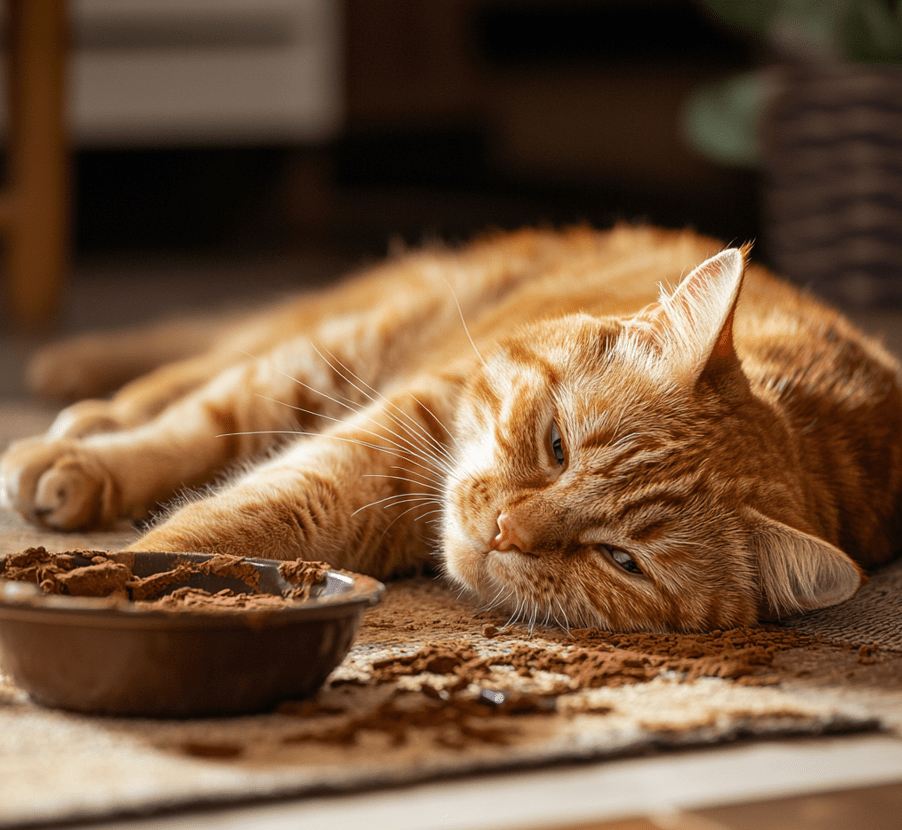
If you want to know how quickly symptoms develop after a cat eats some chocolate, it is usually within 6-12 hours. In the vast majority of cases symptoms resolve within a few hours up to three days at most. Here are some common cues to look out for at this time:
1.Restlessness
2.Hyperactivity
3.Tremors
4.Muscle stiffness
5.Weakness
6.Panting(actor breathing fast or difficult)
7.Excessive thirst
8.Vomiting
9.Diarrhea
10.Frequent urination
11.Low blood pressure
12.Accelerated breathing
13.Elevated body temperature
14.Abnormal or rapid heart rate
15.Seizures
16.Loss of consciousness
17.Coma
If you see any of these signs, please seek veterinary help so as to prevent more serious disease.
What Should You Do If Your Cat Eats Chocolate
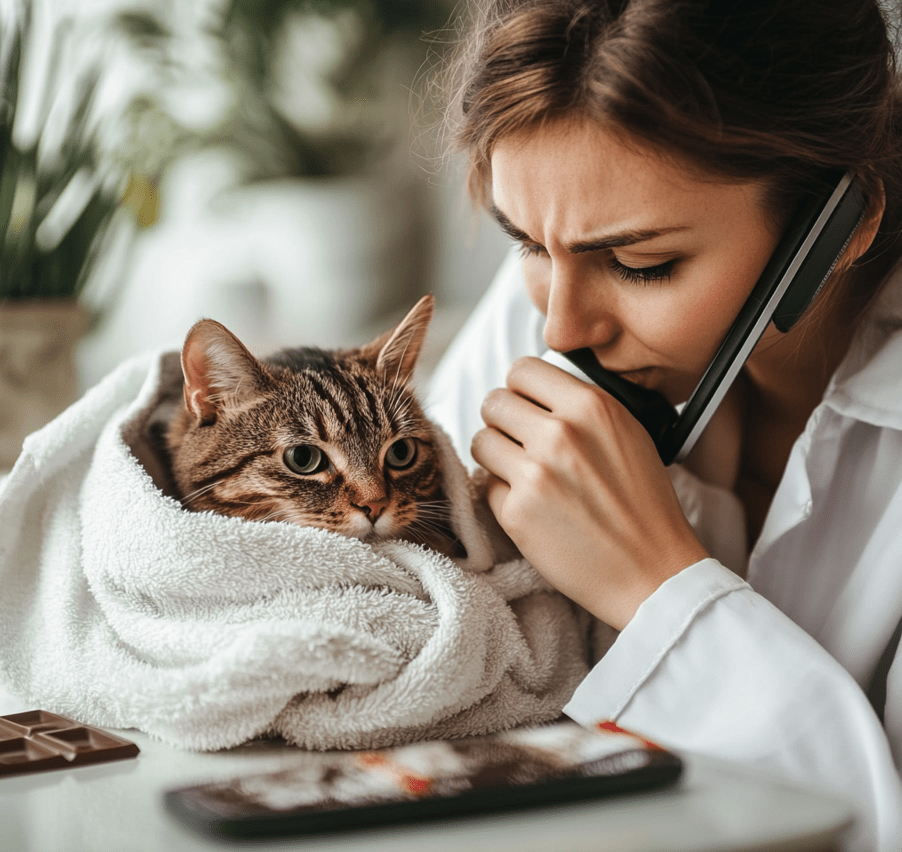
If your cat has eaten chocolate, act fast even when there are no signs. So here is the step by step guide they should follow in order to meet an end mutually beneficial for all parties.
Monitor Your Cat Closely
Check your cat very closely during at least the first 24 hours. During this time, keep your kitty inside if they normally go out so that you can readily observe any problems. Ensure all your windows and doors are properly shut, lock up when entering or exiting the house. It is helpful to limit your cat access within certain areas of the home during this time for easier observation.
Call your Veterinarian right away
Contact a vet immediately and include as much information as possible. If you have the candy wrapper or packaging available, share that with your vet so they can identify what type and how much chocolate was eaten. Also tell the vet how big and heavy your cat is, so they can ascertain “how much poison” has been eaten.
Get Treatment from a Veterinarian immediately
Better, faster treatment leads to a complete recovery. If this happens, you can take him to the clinic right away and call his vet. If the vet feels that there is substantial risk of chocolate poisoning, she or he will induce vomiting. In other cases medications or activated charcoal will be used to prevent toxin absorption unless the vet tells you to at home, do not try to make your cat puke!
Should the symptoms become more exacerbated, a vet may continue to treat your cat with intravenous fluids, further gastrointestinal support and potentially follow up by ECG (heart monitoring), blood pressure checks or administering antiarrhythmic medications in order to stabilize them fully.
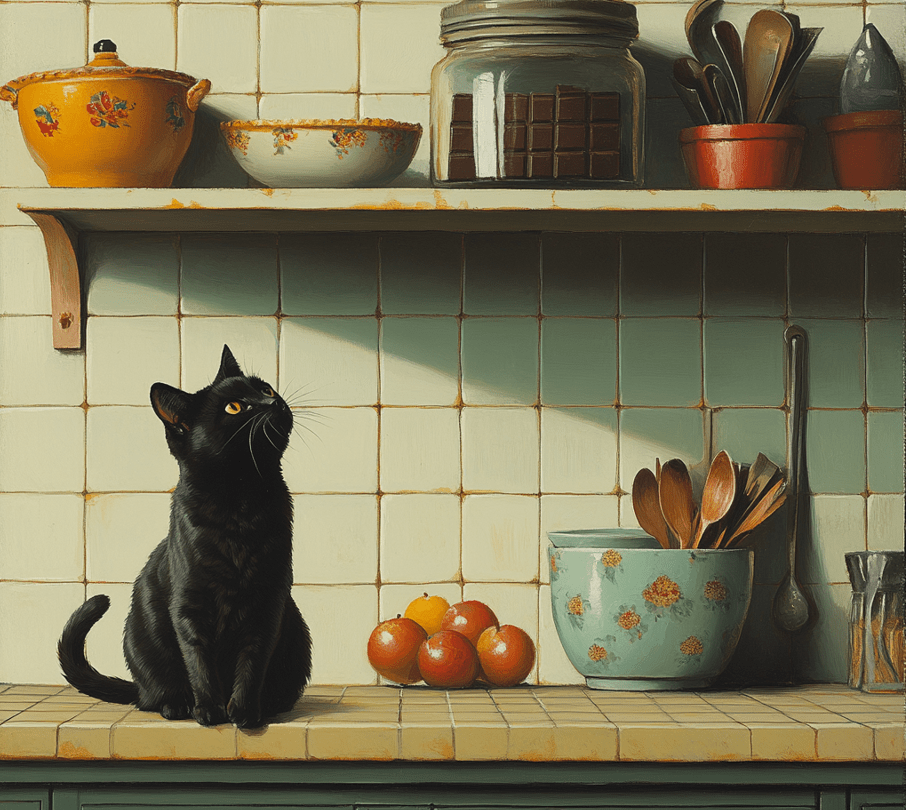
If your cat has eaten chocolate you should act quickly in order to protect the health of them.
The best way to protect your cat from serious or life-threatening consequences is by contacting a veterinarian and getting prompt supportive care.
We have previously talked about How chocolate is harmful to cats and an obvious bad treat.
Sadly, chocolate is harmful to cats, but there are many other healthier options for you to give your pet a treat she’ll love. Below are a few considerations to make your cat feel special:
Special veterinary treats for cats: Many of these are designed specifically with the unique dietary needs and physical characteristics in mind.
Non-Toxic Human Foods: Certain human foods are non-toxic and safe to use instead of a feline treat.
Edible Plants: Cat Grass and catnip are easy to grow options that most cats will enjoy.
Seasonal Treats and Recipes: There is no shame in making cats their own treats during the holiday season.
Non-Edible Gifts: Instead of edible treats, look into toys and stimulation devices — think feather wands, interactive treat dispensers, catnip or puzzle feeders.
With the proper research, you may find many healthy alternatives that your furry friend will love. The best thing to do is keep it at cat treats, making sure your furbaby stays fit and content while everyone gets their treat on.
Prevention tips to keep chocolate away from your cat
How to keep your chocolate out of reach for cats
Make Sure All Chocolate is Safe: Keep all chocolate and chocolate-based foods, such as ice cream or cookies where your dog cannot get to it. For example, by locking them in high cupboards or behind closed pantry doors — anywhere your cat isn’t able to follow.
Lids for Chocolate Drinks: For a drink with chocolate, like a glass of Choco milk, cover it always. Make sure your cat has not knocked it over. If your drink is within reach, keep an eye on your feline friend so she doesn’t get any ideas of sampling the contents.
Get Your Cat To Focus Elsewhere: If you notice your cat taking interest in chocolate, change the focus of their attention to a toy or another treat that is safe so as to deter them from danger.
The worst time of year for chocolate is when excessive amounts can likely be available, such as holidays (Halloween or Christmas) . Plan ahead.
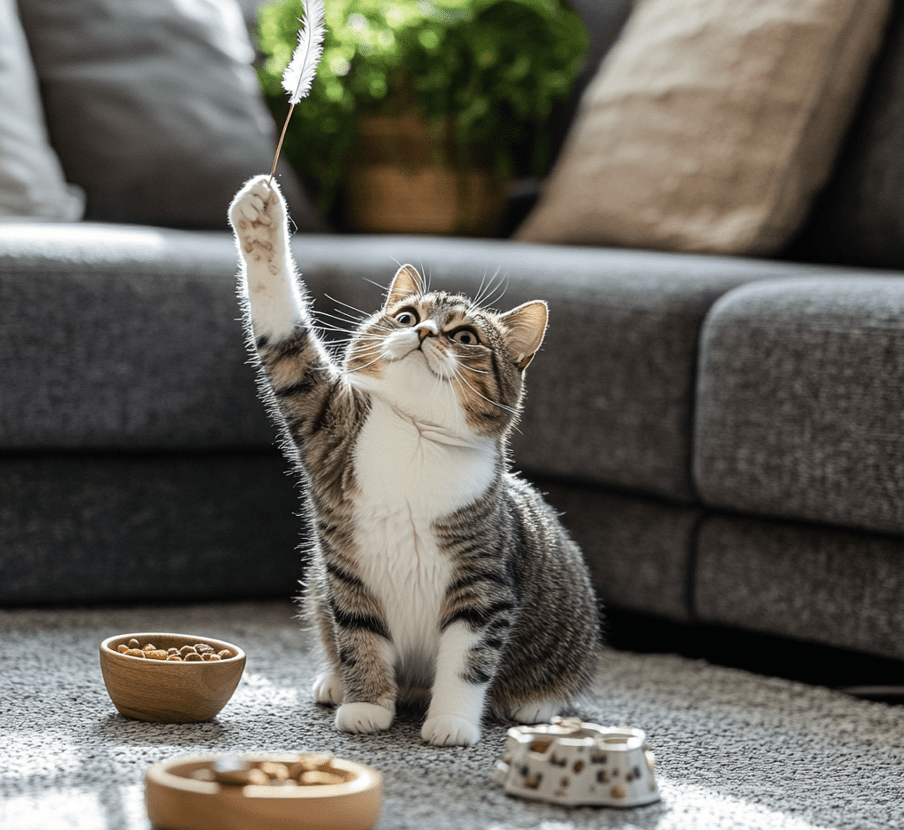
By implementing these tips you will be keeping your pet safe and healthy. Simple precautions like these allow you to enjoy your treats and festivities without worrying about the safety of your cat.

